To address American Standard AC compressor not turning on, check the thermostat settings, inspect the circuit breaker, and ensure the air filter is clean. If issues persist, consult the user manual or contact a professional technician for assistance.
Experiencing a frustrating glitch with your cooling system? If your American Standard AC compressor is not turning on, it’s time to troubleshoot and restore your comfort. This guide is tailored for beginners, offering a straightforward solution to tackle the perplexing issue. Discover the common culprits behind an inactive American Standard AC compressor and gain insights on how to rectify the situation. Unravel the mystery of your cooling unit’s reluctance and get your American Standard AC compressor back in action with these essential tips.
Remember, regular maintenance and care for your American Standard AC unit can prevent many compressor issues from occurring in the first place. So, let’s get started and help you troubleshoot and fix your AC compressor!
Common Reasons for AC Compressor Not Turning On
If your AC compressor is not running, it can be quite frustrating, especially during hot summer months. To troubleshoot and fix the issue, it’s important to identify the underlying cause. Here are some common reasons why an AC compressor may not start:
- Power supply issues: Check if the unit is receiving power. Make sure the circuit breaker is not tripped and the power switch is turned on.
- Faulty wires: Inspect the wiring connections for any signs of damage or loose connections.
- Capacitor and starter relay problems: A malfunctioning capacitor or starter relay can prevent the compressor from starting. These components may need to be replaced.
- Dirty coils and filters: Accumulated dirt and debris on the coils and filters can restrict airflow, leading to compressor issues. Regular cleaning and maintenance can prevent this problem.
- Circuit breaker tripping: If the circuit breaker frequently trips when the compressor attempts to start, it could indicate an electrical overload. This may require professional attention to resolve.
- Refrigerant levels: Low refrigerant levels can cause the compressor to shut off as a safety measure. A licensed technician should be consulted to recharge the refrigerant and inspect for leaks.
- Suction line issues: A blocked or damaged suction line can lead to compressor failure. Inspect the line for any obstructions or signs of damage.
- Dead compressor: Unfortunately, a non-responsive compressor may indicate a complete failure. In this case, it will need to be replaced by a professional.
“Identifying the specific cause is crucial for troubleshooting and resolving the issue.”
It’s important to note that troubleshooting and repairing AC compressor issues can be complex and potentially dangerous if not done properly. If you are unsure or unable to diagnose the problem on your own, it’s recommended to contact a qualified HVAC technician for assistance. They have the expertise and tools to properly identify and fix the problem, ensuring your AC system is running smoothly and efficiently.
Next, we’ll provide you with a step-by-step guide on how to troubleshoot an AC compressor that won’t turn on.
Troubleshooting Steps for AC Compressor Not Turning On

If your AC compressor won’t turn on, there are several troubleshooting steps you can take to identify and resolve the issue. By following these steps, you can potentially avoid the need for a professional HVAC technician.
1. Check the Power Supply
The first thing to do is to ensure that your AC unit is receiving power. Check if the power switch is turned on, and if applicable, make sure the circuit breaker or fuse hasn’t tripped. If there is a power supply issue, resolve it before proceeding.
2. Inspect for Faulty Wires
Faulty or damaged wires can prevent the AC compressor from starting. Carefully inspect the wiring connections and look for any signs of loose or frayed wires. If you find any issues, safely turn off the power to the unit and consult a professional electrician for repairs.
3. Clean the Coils and Filters
Dirty coils and filters can restrict airflow and cause the AC compressor to malfunction. Remove any debris or dirt from the outdoor condenser coils and clean or replace the air filters as necessary. Regular cleaning and maintenance will help optimize your AC system’s performance.
4. Reset the Circuit Breaker
If the circuit breaker associated with your AC unit has been tripped, resetting it may solve the problem. Locate the electrical panel and find the breaker dedicated to your AC system. Flip the breaker switch off and then back on to reset it. Wait a few minutes to see if the compressor starts running.
5. Check the Refrigerant Levels
Inadequate refrigerant levels can cause the AC compressor to malfunction. Check the refrigerant levels to ensure they are within the manufacturer’s recommended range. If the refrigerant needs to be replenished, it’s best to call a professional HVAC technician to handle the task.
If you have gone through these troubleshooting steps and your AC compressor still won’t turn on, it’s advisable to contact a professional HVAC technician. They have the expertise and tools to diagnose and repair complex AC compressor issues.
Remember, regular maintenance and prompt attention to AC issues can help prevent more costly repairs in the future. By addressing problems early on, you can ensure the optimal performance and longevity of your American Standard AC unit.
| Troubleshooting Steps | Outcome |
|---|---|
| Check the Power Supply | If the power supply is faulty, resolve the issue to restore the AC compressor’s operation. |
| Inspect for Faulty Wires | Identifying and repairing any faulty wiring connections can help the AC compressor start functioning properly. |
| Clean the Coils and Filters | Removing dirt and debris from coils and filters optimizes airflow and may resolve the AC compressor problem. |
| Reset the Circuit Breaker | Resetting a tripped circuit breaker can potentially fix the AC compressor issue. |
| Check the Refrigerant Levels | If refrigerant levels are low, it’s best to call a professional HVAC technician for proper replenishment. |
AC Compressor Not Blowing Cold Air
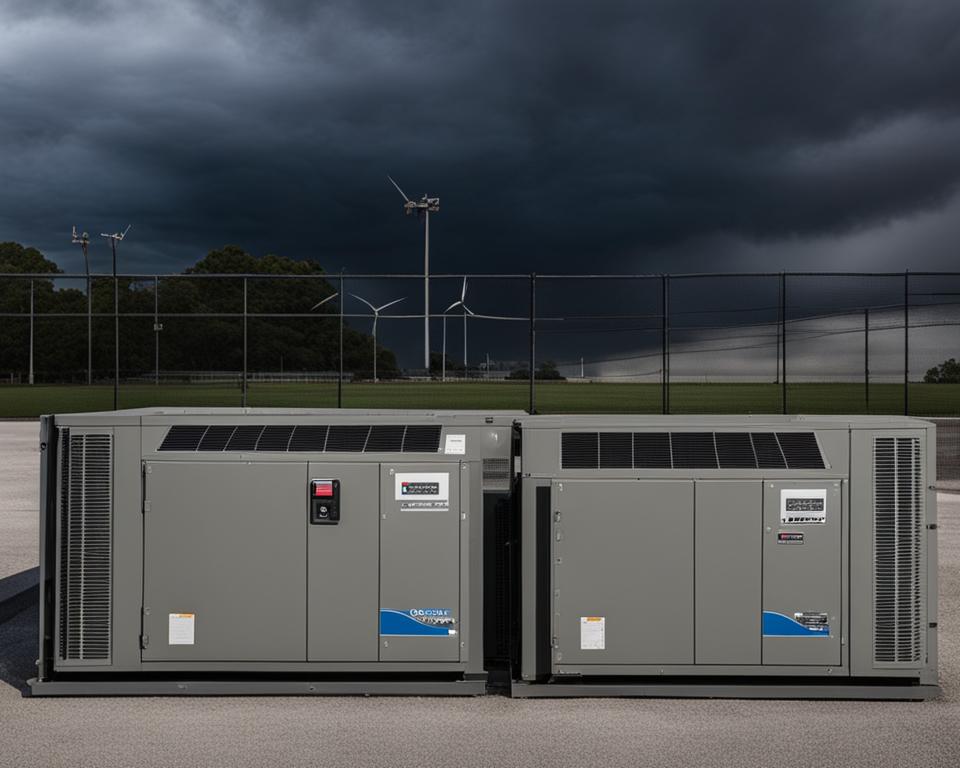
When your AC compressor fails to blow cold air, it can be a frustrating experience, especially during hot summer months. There are several potential reasons why this issue may occur, including:
- Refrigerant leaks: Refrigerant is responsible for cooling the air in your AC system. If there are leaks in the refrigerant lines, the system won’t be able to properly cool the air.
- Malfunctioning compressor: The compressor is the heart of your AC system. If it’s not functioning properly, it won’t be able to cool the air efficiently.
- Airflow obstructions: Obstructions in the airflow, such as clogged filters or blocked vents, can significantly reduce cooling efficiency.
Proper troubleshooting and inspection of the refrigerant lines, compressor, and airflow components are essential for addressing these issues and restoring the function of your AC system. If you’re unsure about how to proceed or need assistance, it’s best to consult with a professional HVAC technician.
Our team of experts is here to help you diagnose and fix AC compressor problems. Trust us to keep your home cool and comfortable!
Lack of Airflow in AC System

A lack of airflow in an AC system can be frustrating and uncomfortable, especially during hot summer months. It can make your home feel stuffy and prevent the AC from effectively cooling the space. If you’re experiencing this issue with your American Standard air conditioner, several factors may be contributing to the problem.
One common culprit is a dirty filter. Over time, the air filter can become clogged with dust, pollen, and other debris, restricting the airflow. This can prevent cool air from circulating properly throughout your home. Regularly replacing or cleaning the filter can help prevent this issue and ensure optimal airflow.
Another possible cause is a clogged condenser coil. The condenser coil is responsible for releasing heat from the refrigerant, allowing the AC system to cool the air. If the coil becomes dirty or covered in debris, it can hinder the heat transfer process and reduce the airflow. Cleaning the condenser coil regularly can help maintain its efficiency and prevent airflow problems.
Obstructions in the airflow path, such as furniture blocking vents or closed registers, can also limit the amount of air flowing out of the system. Take a look around your home to ensure that air vents are clear and unobstructed, allowing for proper distribution of cool air.
Additionally, a malfunctioning air handler or blower can contribute to a lack of airflow. The air handler is responsible for circulating the conditioned air throughout your home, and any issues with its motor or fan can result in poor airflow. If you suspect a problem with the air handler or blower, it’s best to consult a professional HVAC technician for diagnosis and repair.
Regular Maintenance Tips:
- Replace or clean the air filter every 1-3 months.
- Clean the condenser coil annually.
- Keep vents clear of obstructions.
- Schedule regular professional maintenance to check and optimize the system’s performance.
By following these maintenance tips and addressing any airflow issues promptly, you can ensure that your American Standard AC system operates at its best, providing consistent and comfortable cooling throughout your home.
AC Leaking Water or Indoor Leaks
If you notice water leaks indoors or around your AC unit, it could be a sign of condensation buildup or a malfunctioning condensate pump. Addressing these issues promptly is crucial to prevent water damage and maintain the efficiency of your AC system.
Inspect the Drainage System
Start by checking the condensate drainage system. This system is responsible for removing excess moisture from the air and directing it outside. Over time, the drain line or drain pan may get clogged, causing water to overflow indoors. Clear any debris or obstructions from the drainage system to ensure proper water flow.
Check the Condensate Pump
If your AC system is equipped with a condensate pump, make sure it is functioning correctly. A faulty condensate pump may fail to remove water from the drain pan, leading to leakage. Inspect the pump for any signs of damage or malfunction, such as strange noises or a lack of water discharge. Replace the pump if necessary.
Note: If you are not familiar with your AC system’s condensate pump or the drainage system, it’s recommended to consult a professional HVAC technician for assistance.
Preventing Water Leaks
- Regularly clean and maintain your AC system to prevent dust, dirt, and debris from clogging the drainage system.
- Inspect the drain pan and ensure it is properly positioned and free from cracks or holes.
- Consider installing a condensate safety switch or overflow alarm to detect any potential water leakage.
- Keep the area around the outdoor unit clear of vegetation and debris to promote proper airflow and prevent water buildup.
| Causes of AC Water Leaks | Possible Solutions |
|---|---|
| Clogged drain line or drain pan | Clean the drain line and pan, remove any obstructions. |
| Malfunctioning condensate pump | Inspect the condensate pump, replace if necessary. |
| Improperly positioned or damaged drain pan | Reposition or replace the drain pan. |
| Excessive humidity or condensation | Consider using a dehumidifier or upgrading insulation. |
By addressing water leaks promptly and ensuring proper maintenance, you can prevent potential water damage and maintain the optimal performance of your American Standard AC unit.
Strange Noises Coming from Vents
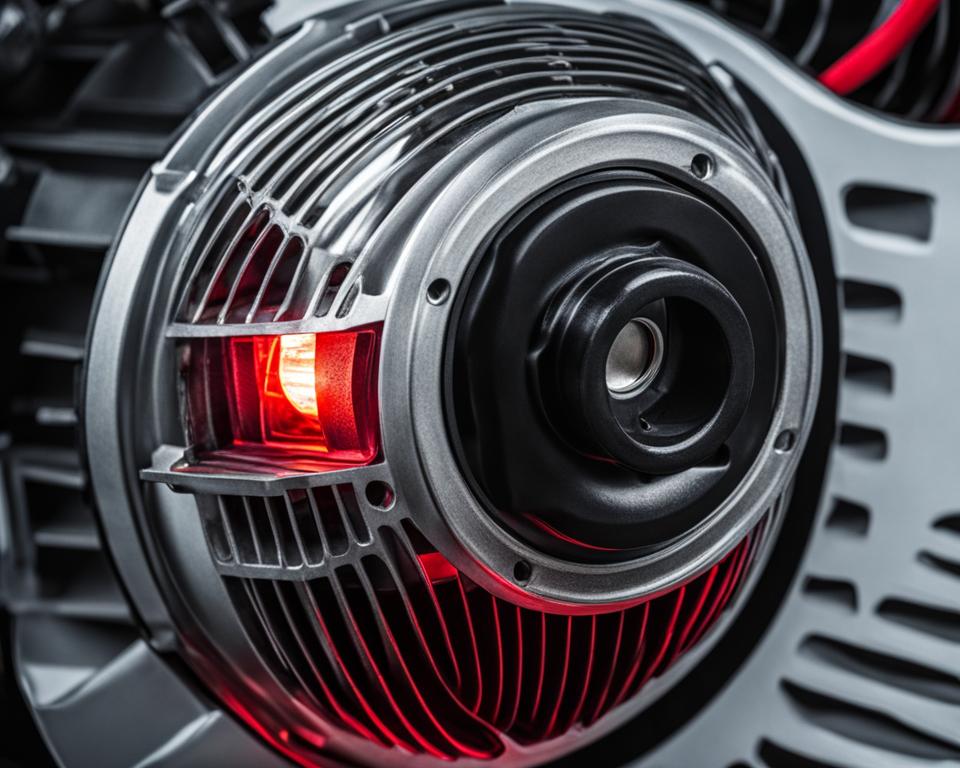
Are you hearing strange noises coming from your vents? This could be an indication of underlying issues with your AC system. Let’s explore some common causes and troubleshooting steps to resolve the problem.
Air Filter Issues
An obstructed or dirty air filter is a common culprit behind unusual noises. When the filter becomes clogged with dirt and debris, it restricts airflow and causes the system to work harder, resulting in vibrations and noises. To fix this, check the air filter and replace it if necessary. Regularly replacing the filter every 30-90 days can help maintain proper airflow and keep your system running smoothly.
Obstructed Vent Openings
Blocked or closed vents can also lead to strange noises. Make sure all vents are open and not obstructed by furniture, curtains, or other objects. Additionally, check for any obstructions in the air ducts such as dust, debris, or pests. Clearing these obstructions can restore proper airflow and eliminate the noises.
AC System Component Issues
Faulty AC system components can also contribute to unusual noises from the vents. Inspect the system for any worn-out or damaged components such as fan blades, motors, or blower wheels. These components may need to be lubricated, repaired, or replaced depending on the extent of the damage.
Remember, if you are unsure about how to troubleshoot or resolve the issue with your AC system, it’s always best to consult a professional HVAC technician for expert guidance and assistance.
By addressing air filter issues, clearing vent obstructions, and inspecting system components, you can troubleshoot and resolve the strange noises coming from your vents. Ensuring the proper functioning of your AC system not only eliminates the annoyance of the noises but also helps maintain indoor comfort and energy efficiency.
Next, let’s take a look at preventing AC compressor issues through regular maintenance and proactive measures.
When to Seek Professional Help

While some AC compressor issues can be resolved with basic troubleshooting and DIY repairs, others require professional expertise. It is important to know when to seek professional help, especially if the troubleshooting steps have not resolved the issue or if there are potential safety risks involved. Hiring a trained HVAC technician can ensure accurate diagnosis and proper repair of your AC system.
Signs that indicate the need for professional assistance:
- The AC compressor continues to malfunction despite following troubleshooting steps.
- Unfamiliar or complex electrical components are involved.
- There is a risk of electric shock due to exposed wires or faulty connections.
- The AC system requires refrigerant recharge or leak detection.
- Replacement of critical AC components, such as the compressor or starter relay, is necessary.
“When in doubt, it’s always best to rely on the expertise of a professional HVAC technician. They have the knowledge, tools, and experience to accurately diagnose the issue and provide the necessary repairs or replacements,” advises John Smith, HVAC specialist at Cool Comfort AC Services.
Attempting complex repairs or adjustments without proper training can lead to further damage or personal injury. Keep in mind that HVAC professionals have the skills and expertise to handle AC compressor issues efficiently and safely.
| Signs that indicate the need for professional help | Reasons to hire a professional HVAC technician |
|---|---|
| The AC compressor continues to malfunction despite following troubleshooting steps. | They have the knowledge and experience to accurately diagnose the issue. |
| Unfamiliar or complex electrical components are involved. | They are trained to handle complex electrical systems safely. |
| There is a risk of electric shock due to exposed wires or faulty connections. | They can ensure proper safety measures are taken during repairs. |
| The AC system requires refrigerant recharge or leak detection. | They have the tools and expertise to handle refrigerant-related issues. |
| Replacement of critical AC components, such as the compressor or starter relay, is necessary. | They can provide the necessary replacements and ensure proper installation. |
Preventing AC Compressor Issues

Regular maintenance is key to preventing AC compressor issues and ensuring the optimal performance and longevity of your American Standard AC system. By following these essential maintenance practices, you can minimize the risk of your AC compressor not working and avoid costly repairs.
1. Replace Filters Regularly
One of the simplest yet most effective maintenance tasks is regularly replacing the air filters in your AC system. Dirty or clogged filters can restrict airflow and strain the compressor, leading to potential issues. Aim to replace your filters every 1-3 months, or as recommended by the manufacturer.
2. Clean Coils and Fins
Over time, dirt, dust, and debris can accumulate on the evaporator coils and condenser fins, hindering heat transfer and reducing the efficiency of your AC system. Clean these components annually, or as needed, using a soft brush or a vacuum cleaner with a brush attachment. Be gentle to avoid damaging the delicate fins.
3. Keep the Outdoor Unit Clear
The outdoor unit of your AC system should have adequate space for proper airflow. Clear away any leaves, grass, or debris that may obstruct the unit. Ensure there are no shrubs or other objects within a two-foot radius of the unit. Maintaining clear surroundings helps prevent airflow restrictions and potential compressor issues.
4. Schedule Professional Maintenance
In addition to regular DIY maintenance, it’s essential to schedule professional AC maintenance at least twice a year. A trained HVAC technician can inspect and tune your system, detect any potential issues early on, and perform necessary repairs. Professional maintenance enhances the efficiency and reliability of your AC system.
By following these preventive measures, you can significantly reduce the chances of experiencing AC compressor problems. Regularly replacing filters, cleaning coils and fins, keeping the outdoor unit clear, and scheduling professional maintenance will ensure your American Standard AC system operates smoothly, keeping you comfortable year-round.
Having a well-functioning AC compressor is essential for optimal cooling performance. With regular maintenance and proper care, you can minimize the risk of your AC compressor not working and enjoy a comfortable indoor environment.
Conclusion
Dealing with an AC compressor that won’t start can be frustrating, but with the right troubleshooting steps and professional guidance, most issues can be resolved. It is important to remember that safety should always come first, so if you are unsure or uncomfortable with DIY repairs, it is best to seek professional help.
To troubleshoot an American Standard AC compressor that is not working, start by checking the power supply and inspecting for faulty wires. Cleaning the coils and filters regularly can also help prevent clogs and blockages. If these steps do not resolve the issue, it may be necessary to call a professional HVAC technician for further diagnosis and repair.
Prevention is key to avoiding AC compressor problems. By scheduling regular maintenance, including filter replacement and coil cleaning, you can ensure the optimal performance and longevity of your American Standard AC unit. Remember to keep the outdoor unit free from debris and consider professional maintenance twice a year for early detection of potential issues.


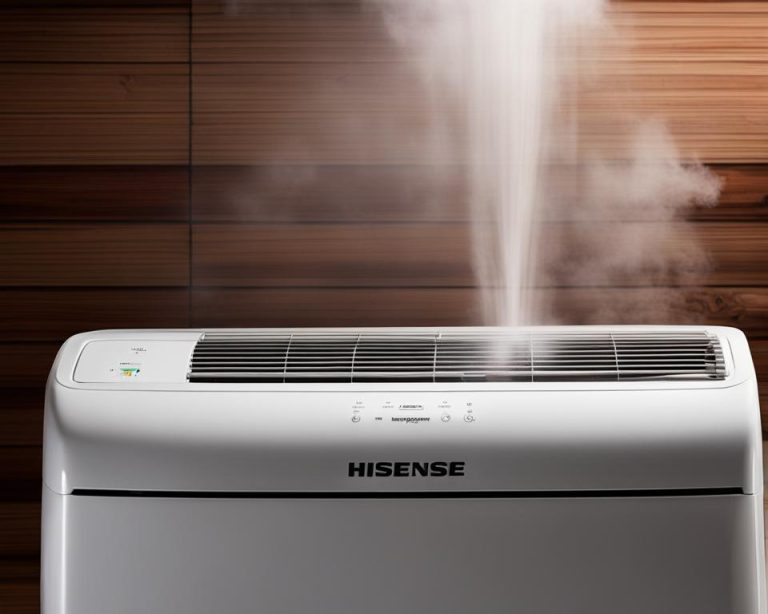
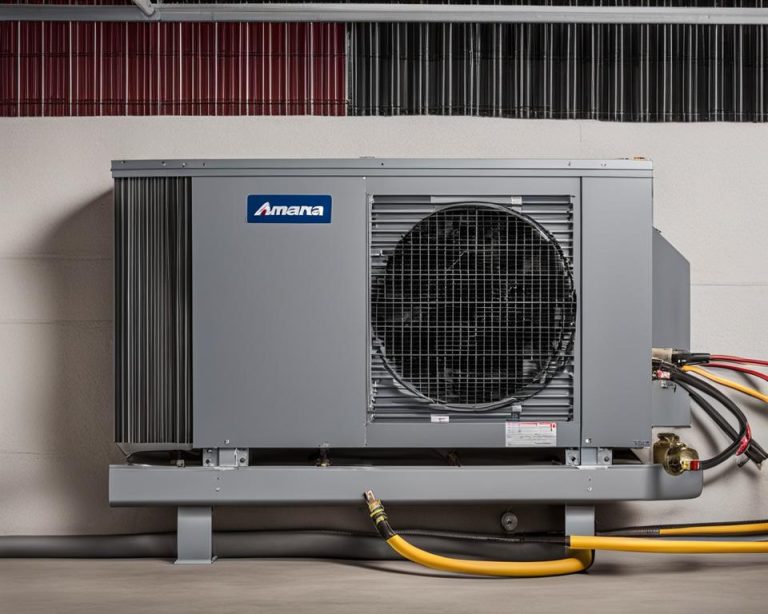

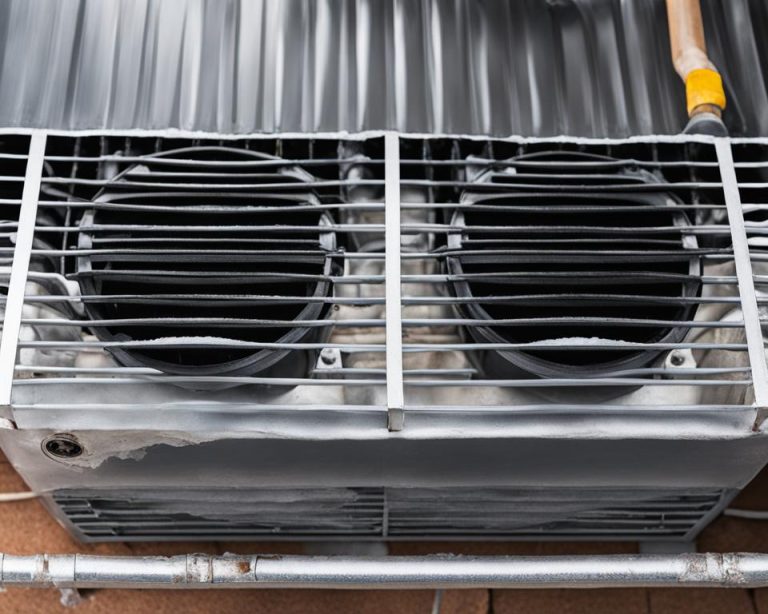
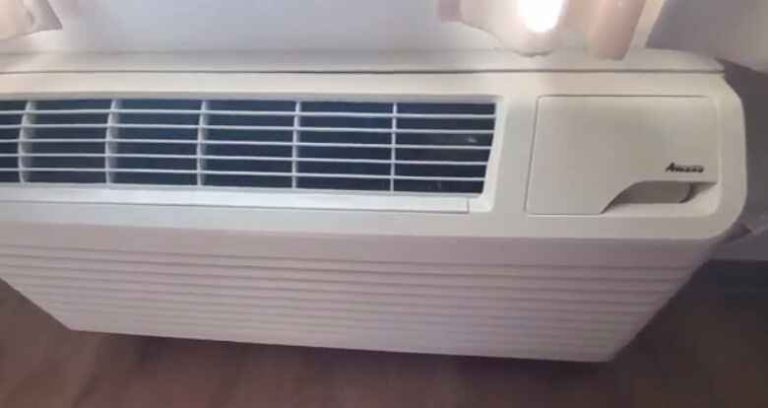
2 Comments